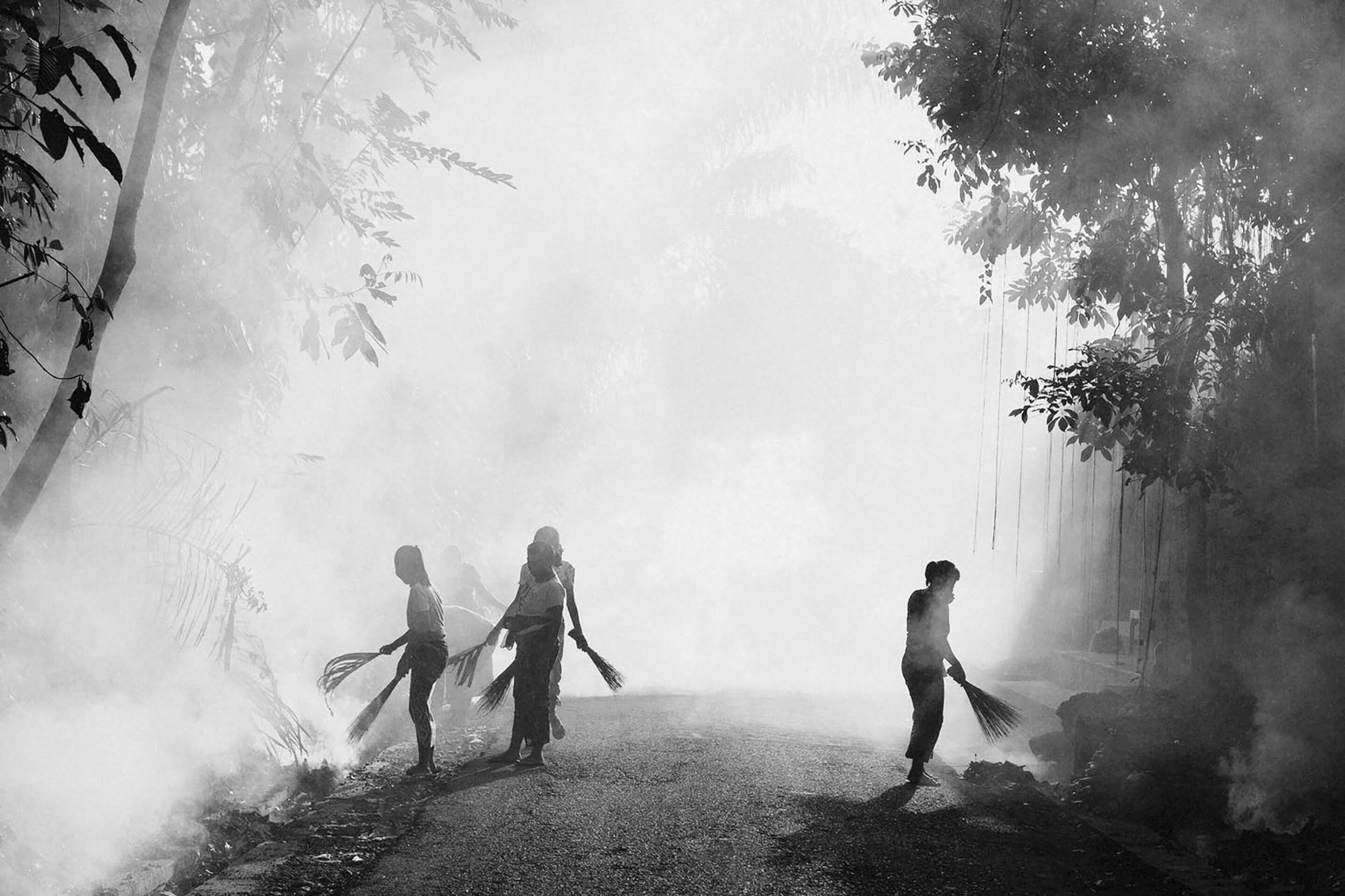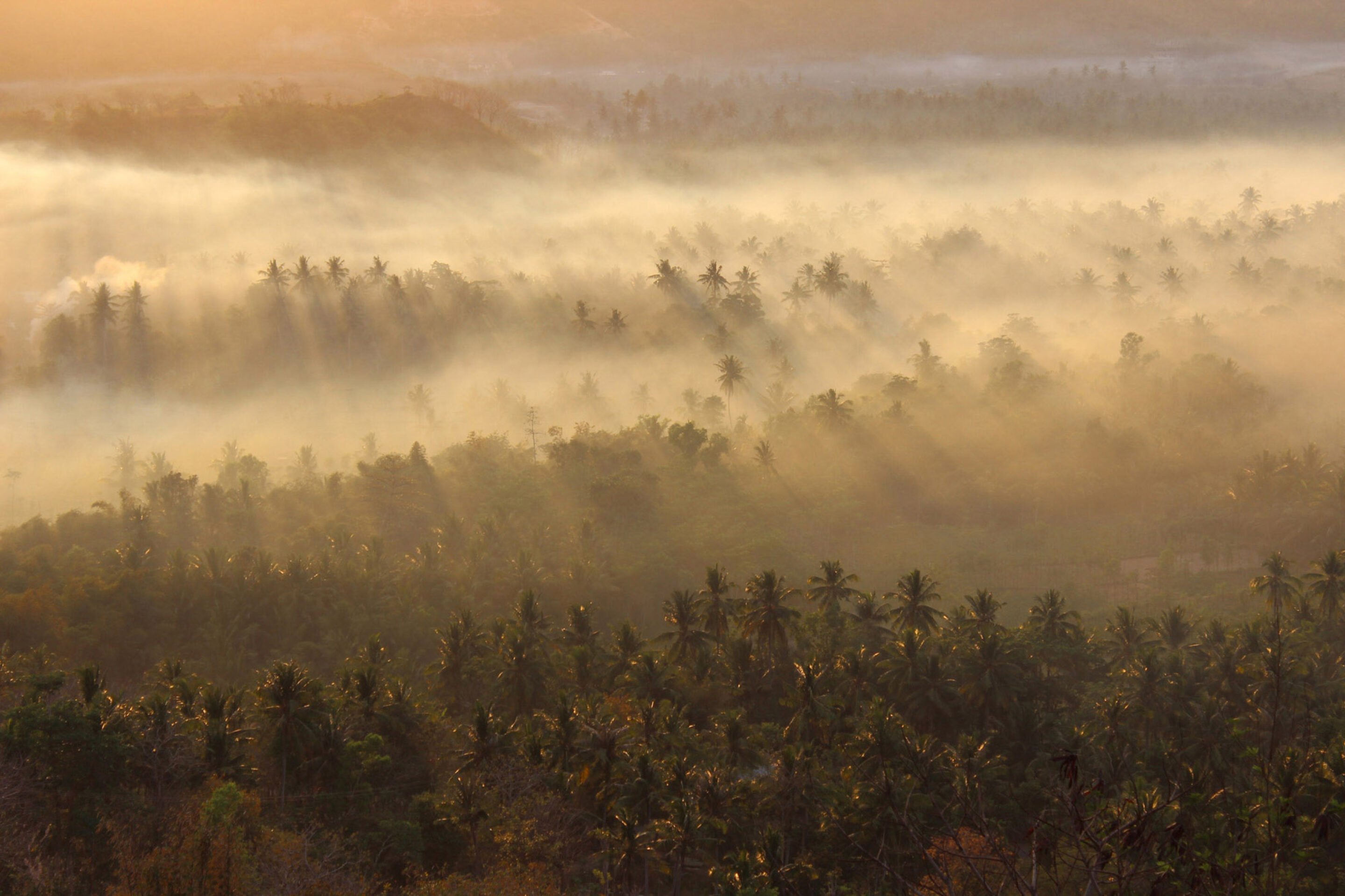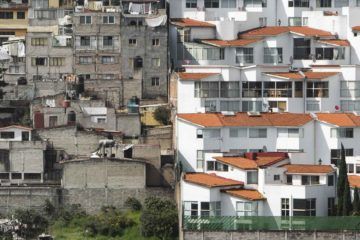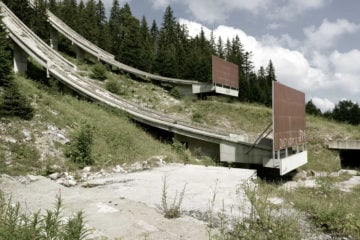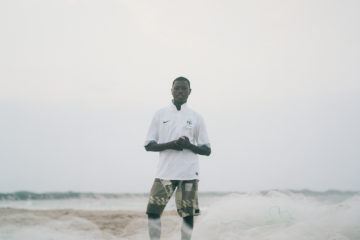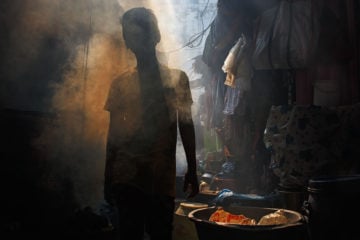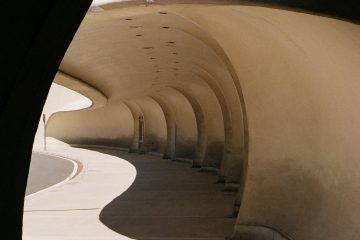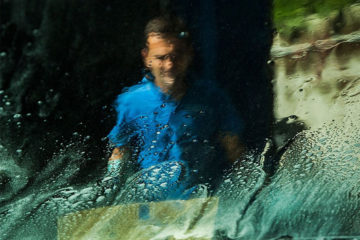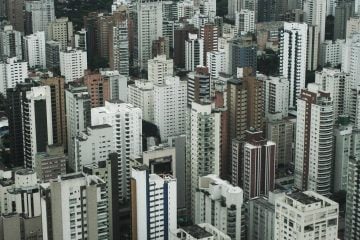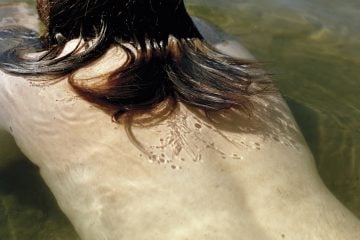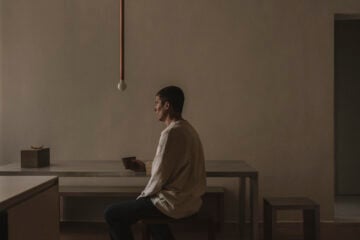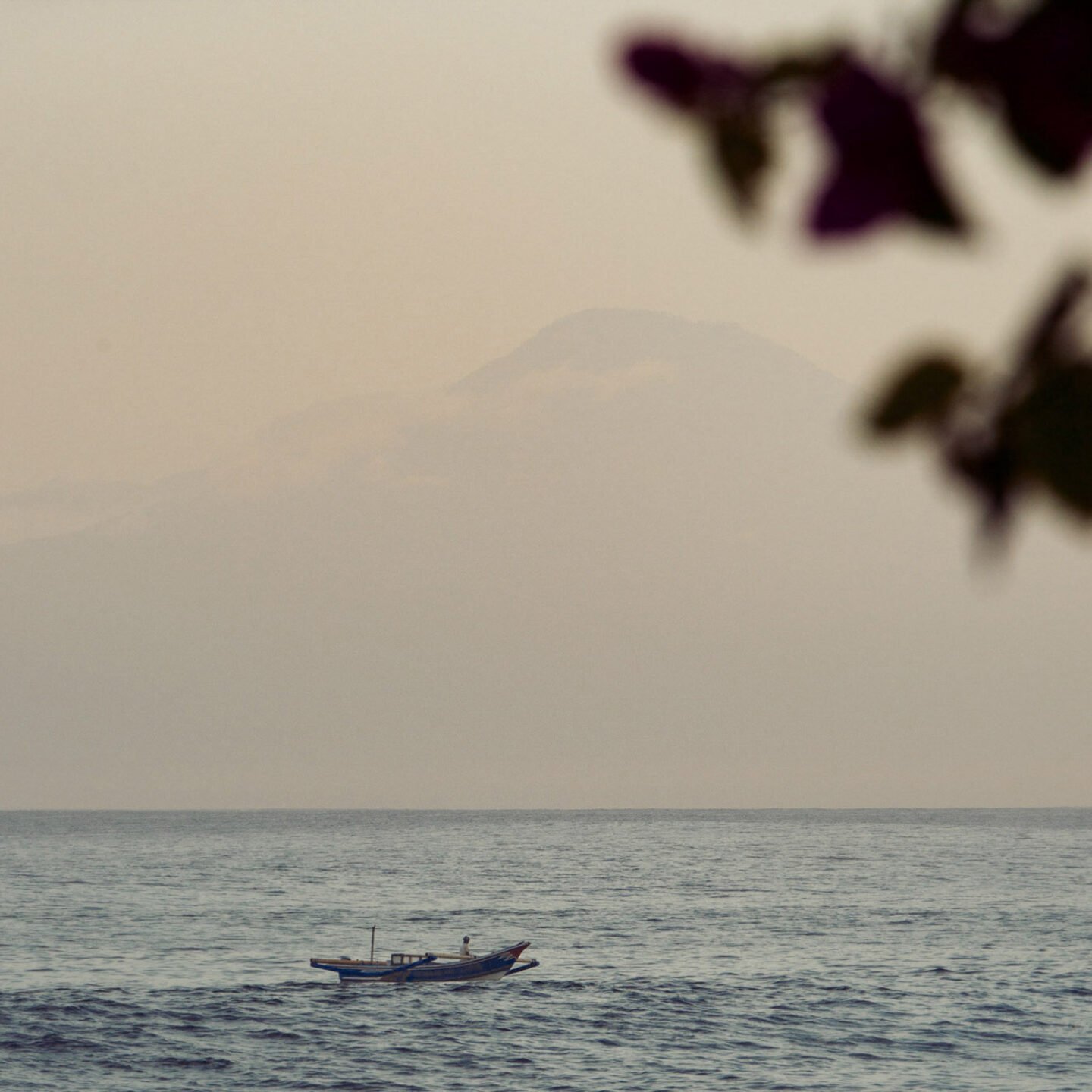
Capturing Bali’s Many Faces, Zissou Documents The Sacred And The Mundane Of A Fragile Island
- Name
- Zissou
- Words
- Anna Dorothea Ker
Though he views photography as a medium for storytelling, Zissou’s images don’t insist on a narrative. Both crisp and ethereal, they’re encoded with an ambiguity—a certain tension—that lets the viewer find their own story within them. Portraying daily chores and sacred celebrations, the faces of foreigners and locals, they reflect the view of a self-described “long-term tourist,” who over the course of a decade, has woven himself into the fabric of the Balinese landscape and his local community, and who through his presence and participation has earned the respect of its members to bear witness to it. In his own words are fragments of his story. In conversation with Ignant at his open-air bamboo home, the self-taught photographer offers his perspectives on image-making and manipulation, the camera as a tool for storytelling, and the things that really matter.
At first read, the story has a familiar feel: a painter-turned-successful web designer in his mid-thirties senses it’s time for something different, far away from the corporate world. He follows his instinct to Bali, Indonesia, with minimal possessions and even fewer plans. That’s where the story of the mononymous photographer Zissou breaks with the standard.
The pivot point is an encounter with John Hardy, co-founder of the revolutionary Green School: a holistic, sustainability-focused education approach set in an open-air bamboo campus in the Balinese jungle. Enchanted by its philosophy, he signs up to volunteer and is soon asked to help Hardy write a TED Talk speech, whose success goes on to launch an enduring friendship.
As he settles into the steamy tropical climes of his adopted home, ten months of walking around to scout out a plot of land to call his own eventually sees Zissou get a blessing to rent a plot of land on the jungle’s edge, on a precipice overlooking the Ayung River near Ubud. Amidst a garden full of pineapples, turmeric, ginger, chilies, and lemongrass, he applies the architecture techniques he learned at the Green School to build a pair of open-air bamboo huts, with support from craftspeople in his village. Being exposed to the elements prompts him to scale back his possessions to the bare essentials. There’s no point in having extraneous possessions here; everything rots in the jungle.
Having grown up in and around the dark room and meticulous family albums of his father, a war photographer and journalist who rubbed shoulders with Henri Cartier-Bresson, Robert Capa and Jacques-Henri Lartigue, whose brother he is named after, Zissou picks up a camera for the first time since childhood and begins to bring it everywhere he goes, documenting his two favorite subjects: people, and people in nature. It all evolves from there.
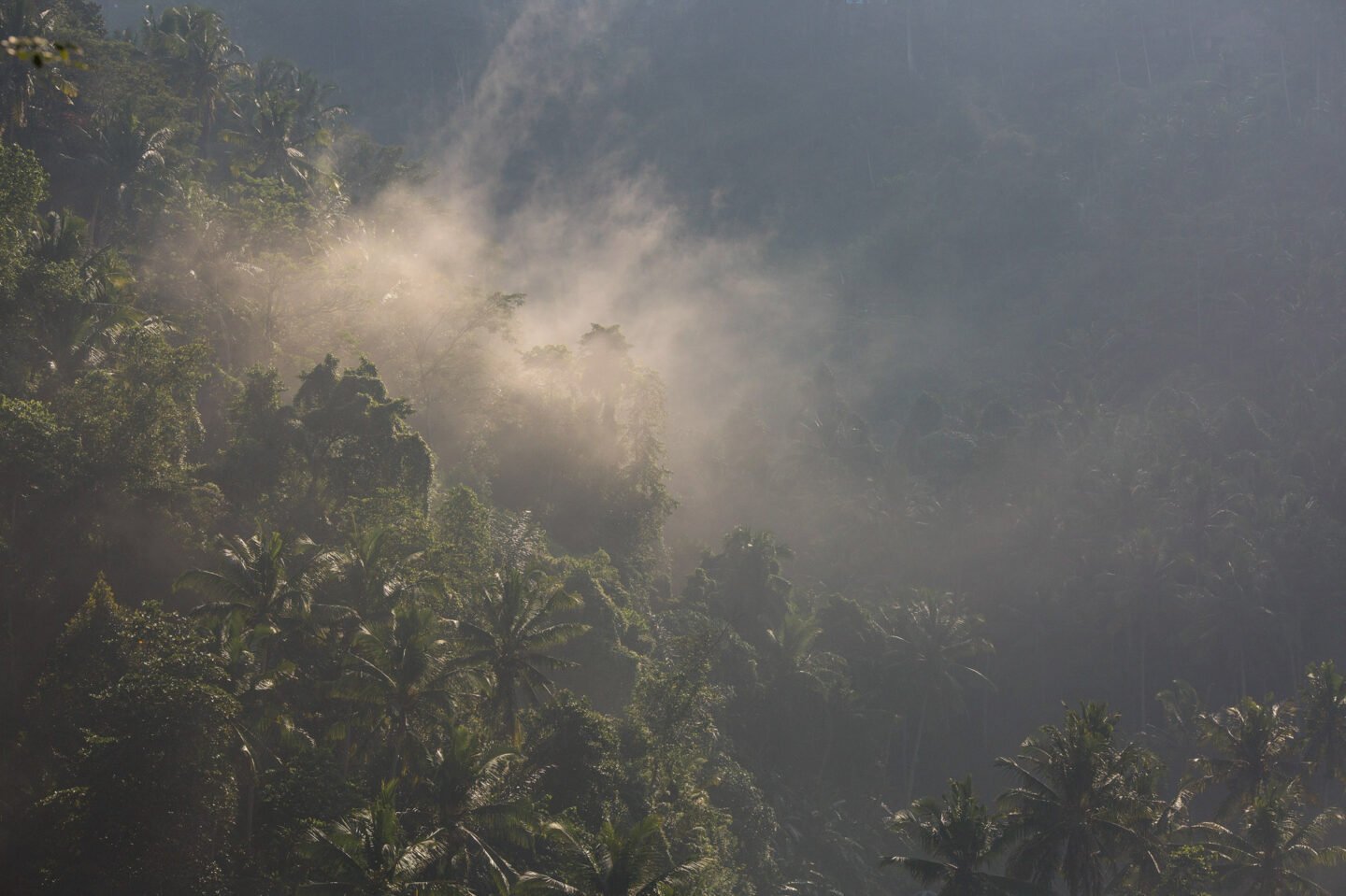
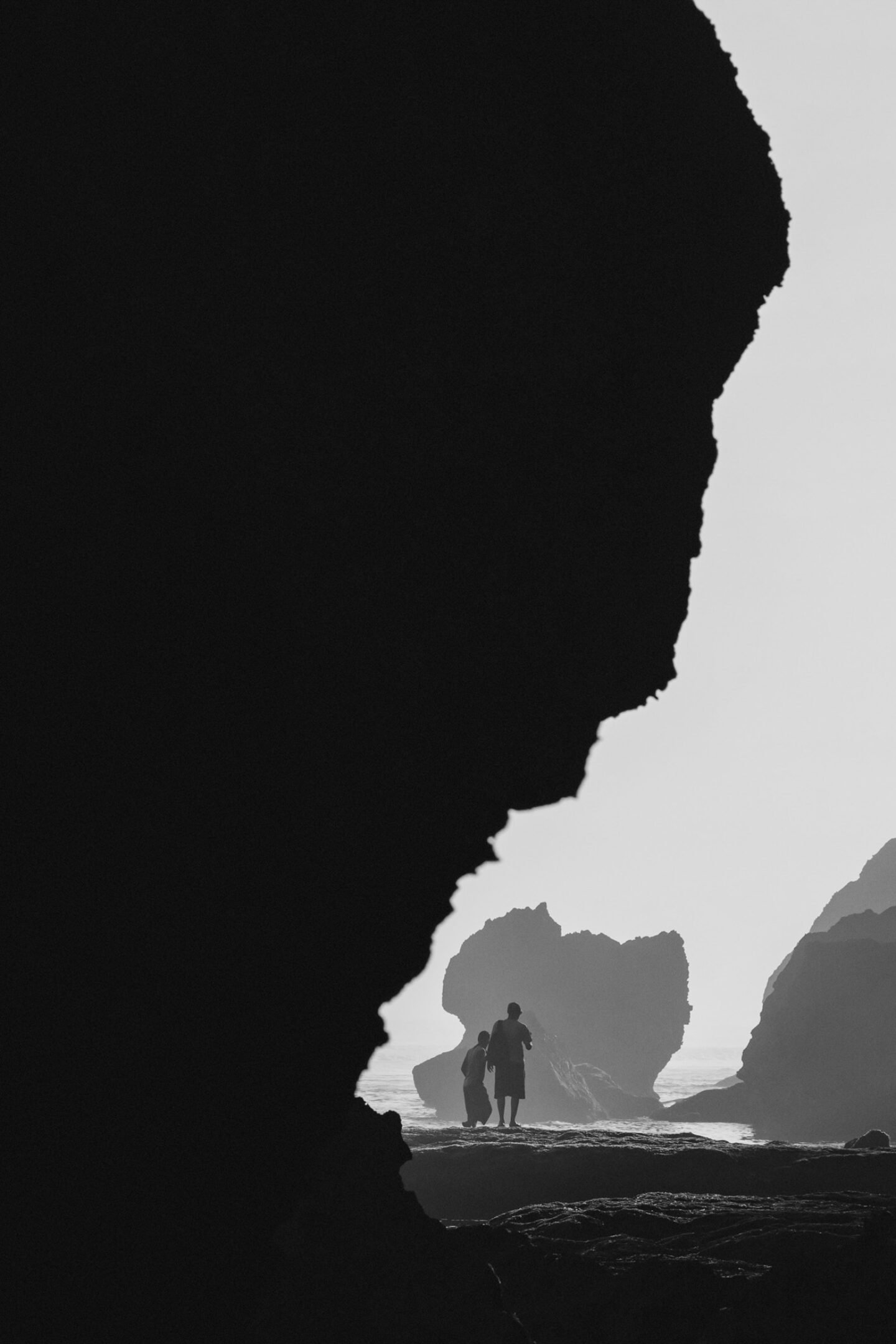
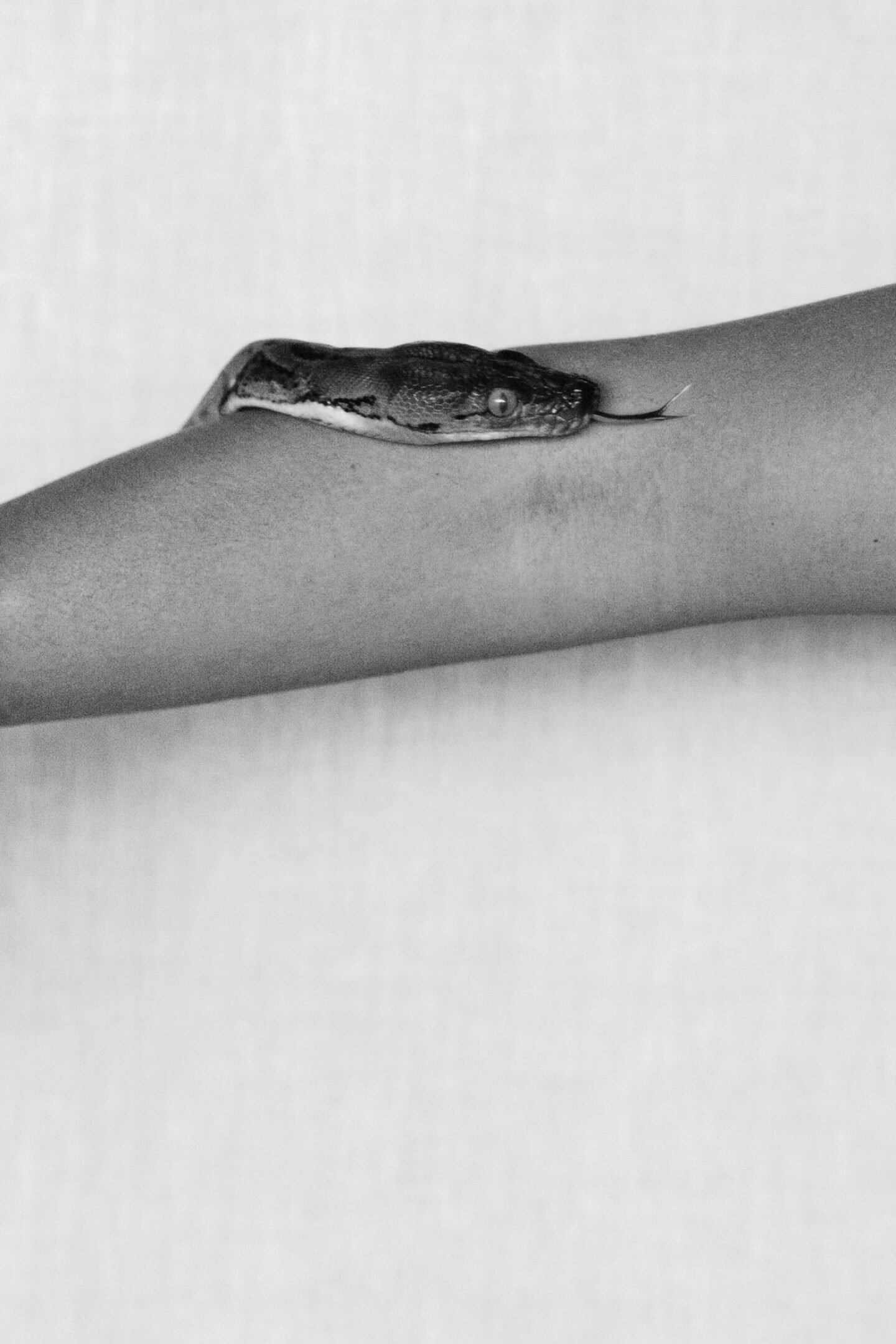
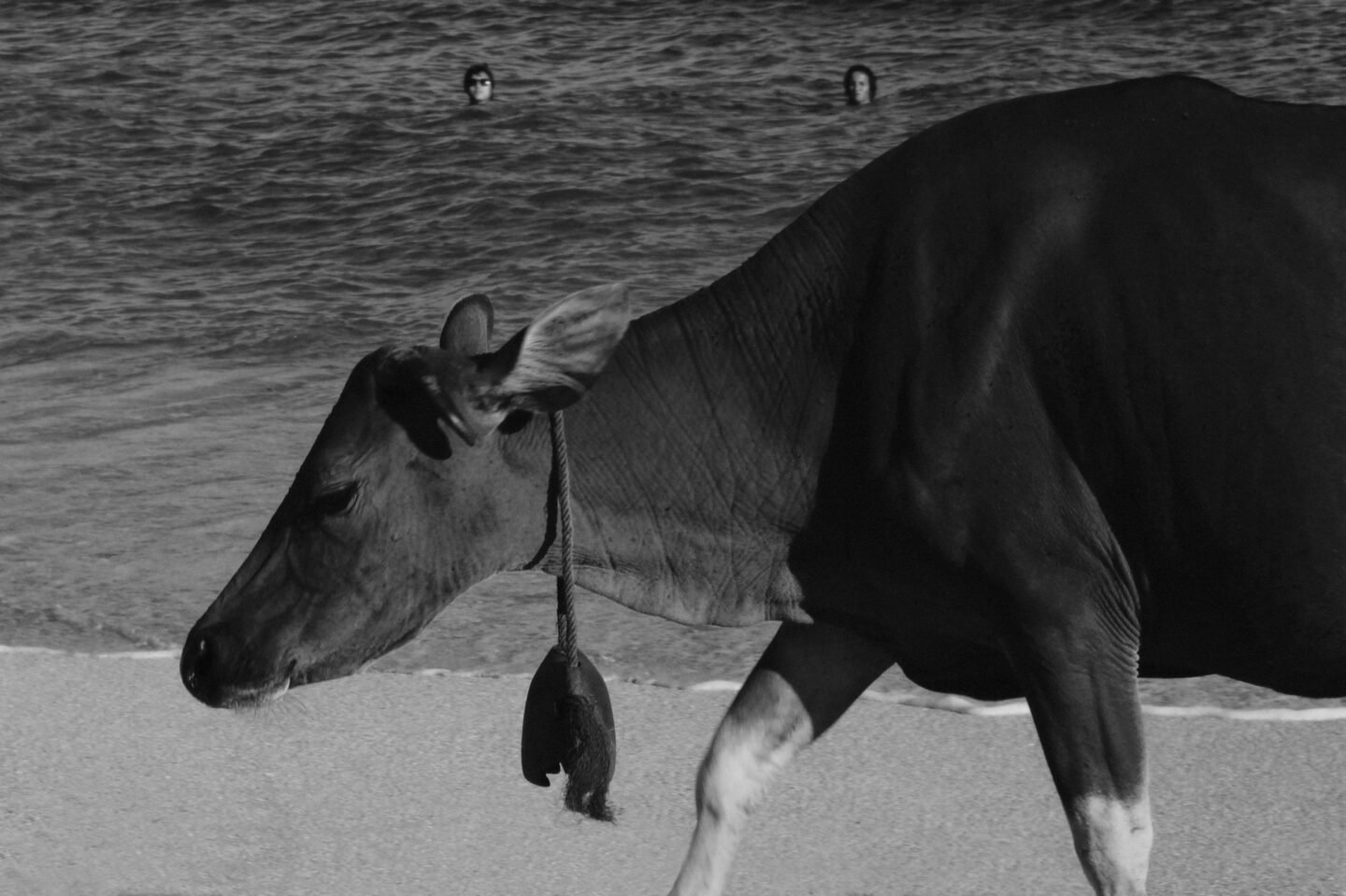
On moving to Bali
“I came here straight from tech. I had an Australian friend down south who had been living on the island for five years and he knew everyone. He saved the day when he said, ‘I’ve got a friend who’s going up to Ubud tomorrow. Go with her. She knows this place called Green School. It’s this eco-school in the jungle and it’s all very design-y, you’ll love it.’ I was like, ‘Whatever.’ I got there and was completely blown away by what they were doing. Just architecturally, even before I even met the kids or the teachers and witnessed the curriculum. I was so impressed with what they were doing there and then I offered to help.
I had just finished a tech project. I had a few months off and I thought, Why am I going back to San Francisco and the UK? What’s the advantage? I did go back to the UK, briefly—I was living near Old Street at the time and I was walking near my home and noticed a neighbor walking towards me. I went to wave at them and they ducked like I was going to hit them. I thought, I can’t live in a society that’s scared of its neighbors. I went back upstairs and booked my ticket and came back to Bali. I really didn’t know what I was going to do. [Green School co-founder] John Hardy didn’t really know me, but he took a punt and offered to put me up while I volunteered. He set me up in the top room of a hut in the Green School’s music rooms. It was a small open bamboo structure, and he had placed a mat on the floor. I can distinctly remember my first night, you’re in the middle of the jungle. I put my head down and I hear the cackle of monkeys, the whistle of cicadas, and I’m in heaven. I’ve got to do this.”
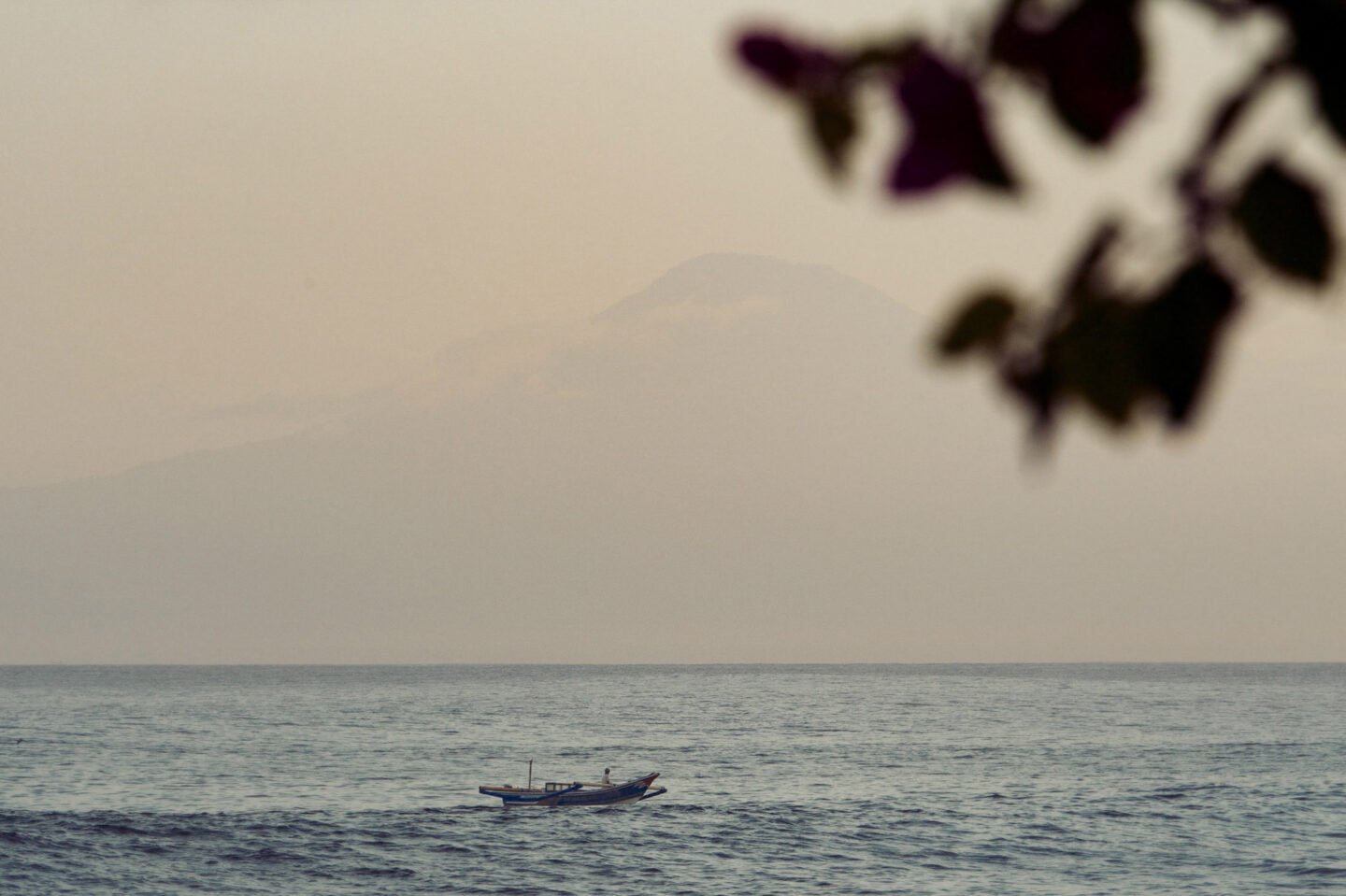
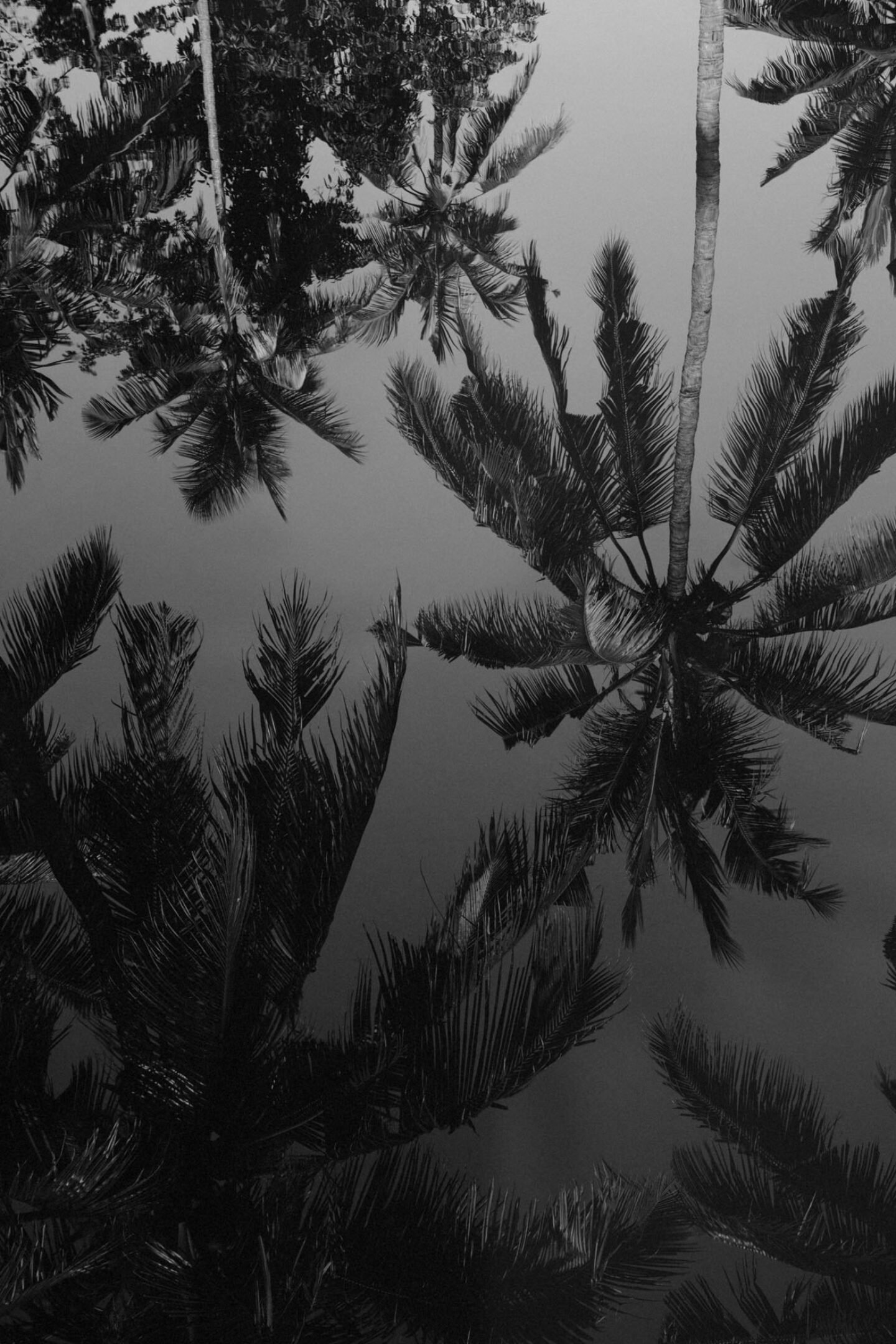
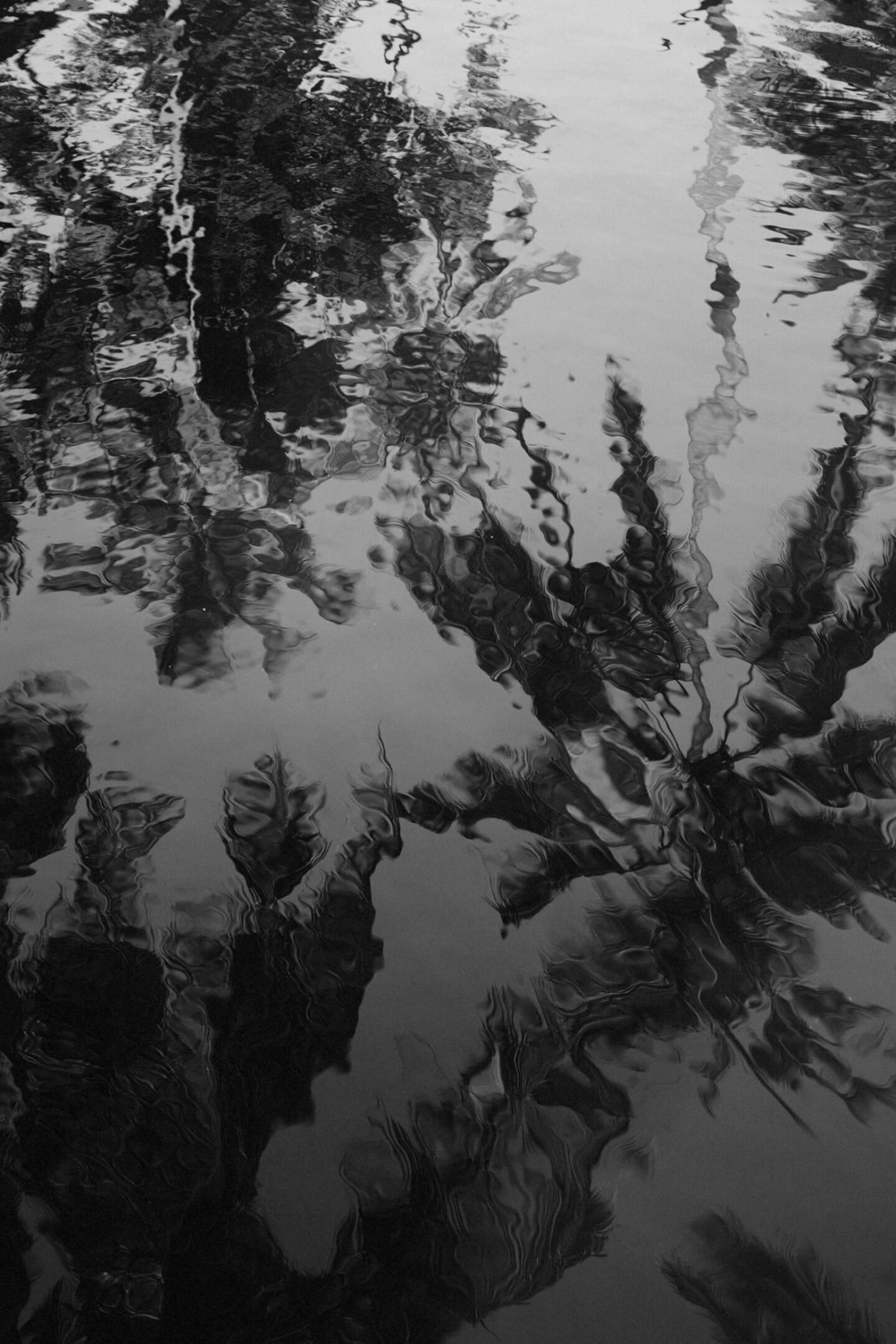
On teaching yourself
“My approach to photography is very simple: one hundred percent instinct. In the same way that I used to paint was all about automatic drawing, where you let your hand move across the paper and look for shapes afterward. In the same way with photography, I take a photo and look later to see if it was worthwhile. 90% are duds, so you go on the rule of being comfortable with failure. To be fair, my instinct comes from years of looking at pictures, painting, watching with my dad and my uncle, who is also a legend in sports photography, studying art history, and knowing what worked for others in the past. It’s ingrained. I never really studied photography.
When I was a kid people would come up to my dad and say, “Where’s the best place to study?” He would say, ‘Don’t wait around for someone to teach you the ins and outs of the camera. You may as well start right away and learn on the job.’ The one rule of wanting to become a photographer is to always have a camera with you. If you’re not shooting, you’re never going to get the shot. Pursue it all day, every day, and look later. I look at pictures that I shot years ago and I think, Wow! I never even realized I was in that moment with those incredible people, with that beautiful nature that no longer exists because it’s been chopped down. Each time I make an image I’m adding to my own little history.”
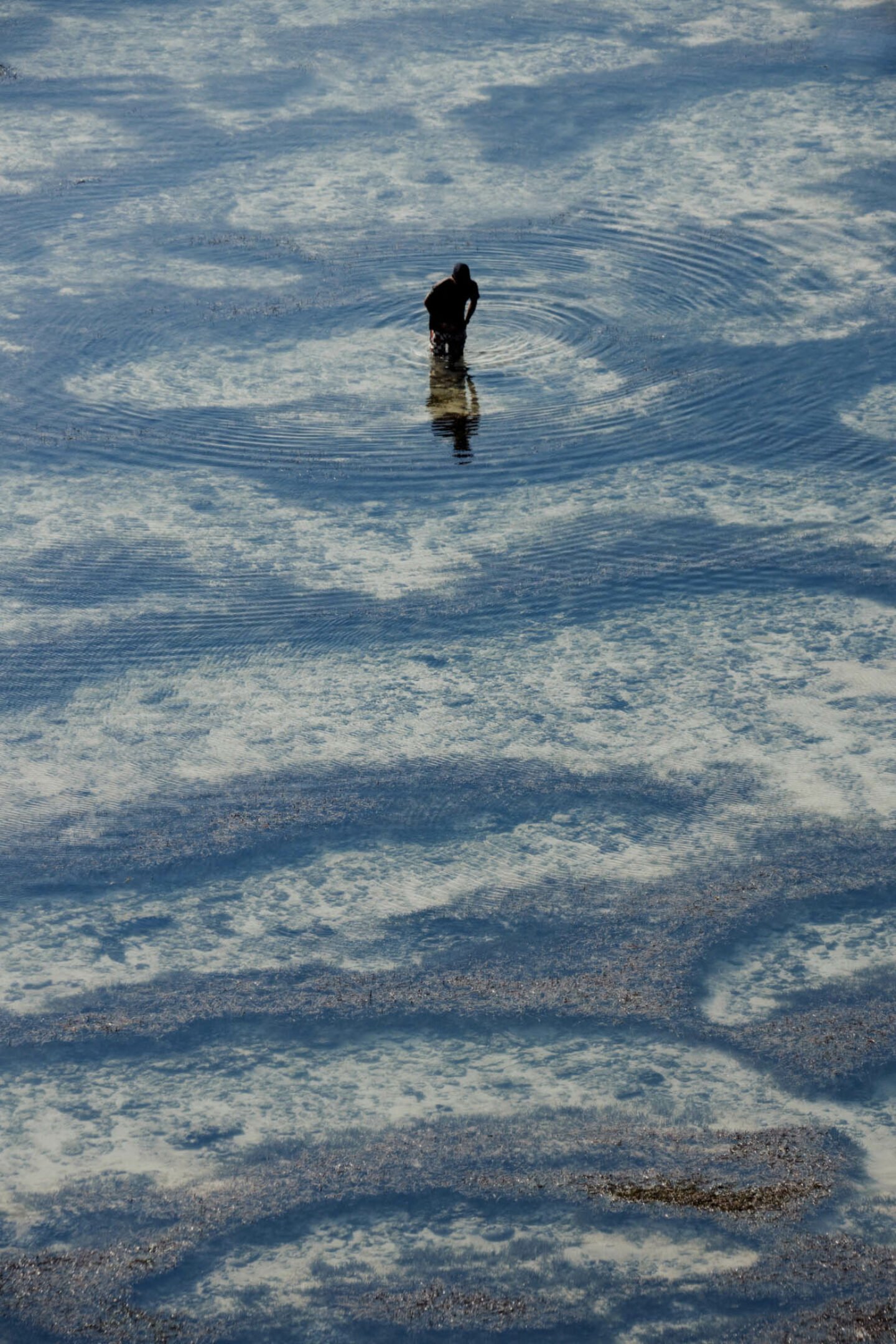
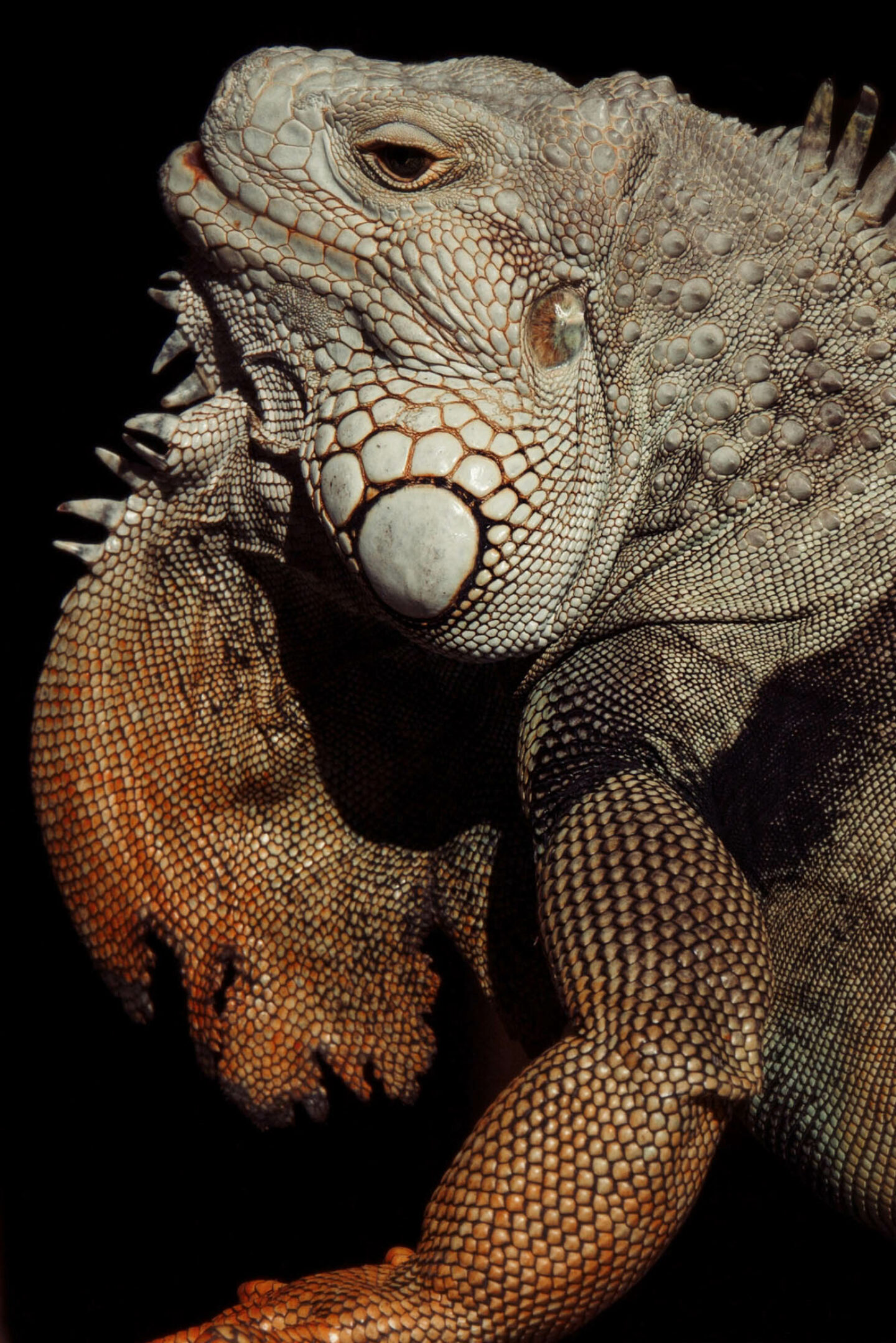
On the components of photography
“There are three big parts to photography. First, it’s practice. The second is speed and fluency. If you’re fast, you will get shots that other people don’t get or you’ll be able to see something and grab it rather than fiddling around with the dials. Speed is key with in-the-moment photography. The camera is a tool. People spend far too much time talking about cameras and not enough time talking about the composition and the story. The story is way more important.
Once you’ve got comfortable with the camera and you’re speedy, the third part is being kind and open to the people you’re photographing—if you’re photographing people. I would watch my father photographing people he didn’t know, and he would immediately put them at ease—either with a wry comment or by doing a silly wiggle. It’s such a powerful tool for a photographer to make your subjects comfortable. If I take a photo of you and you don’t feel comfortable, it will show in the photograph. If you want to catch a genuine natural moment, you have to be very fast, and the world has to be at ease with you with the camera in your hand.”
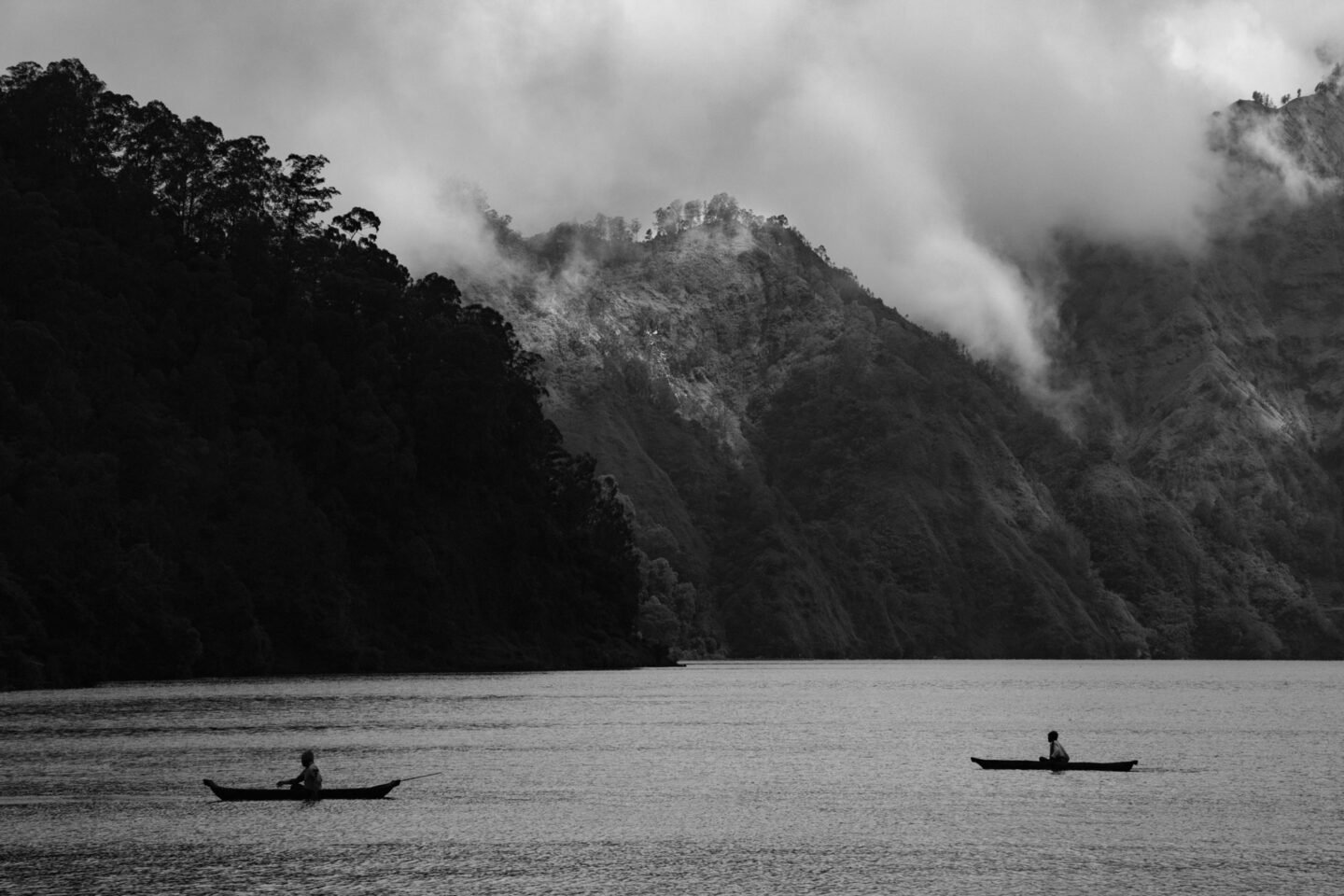
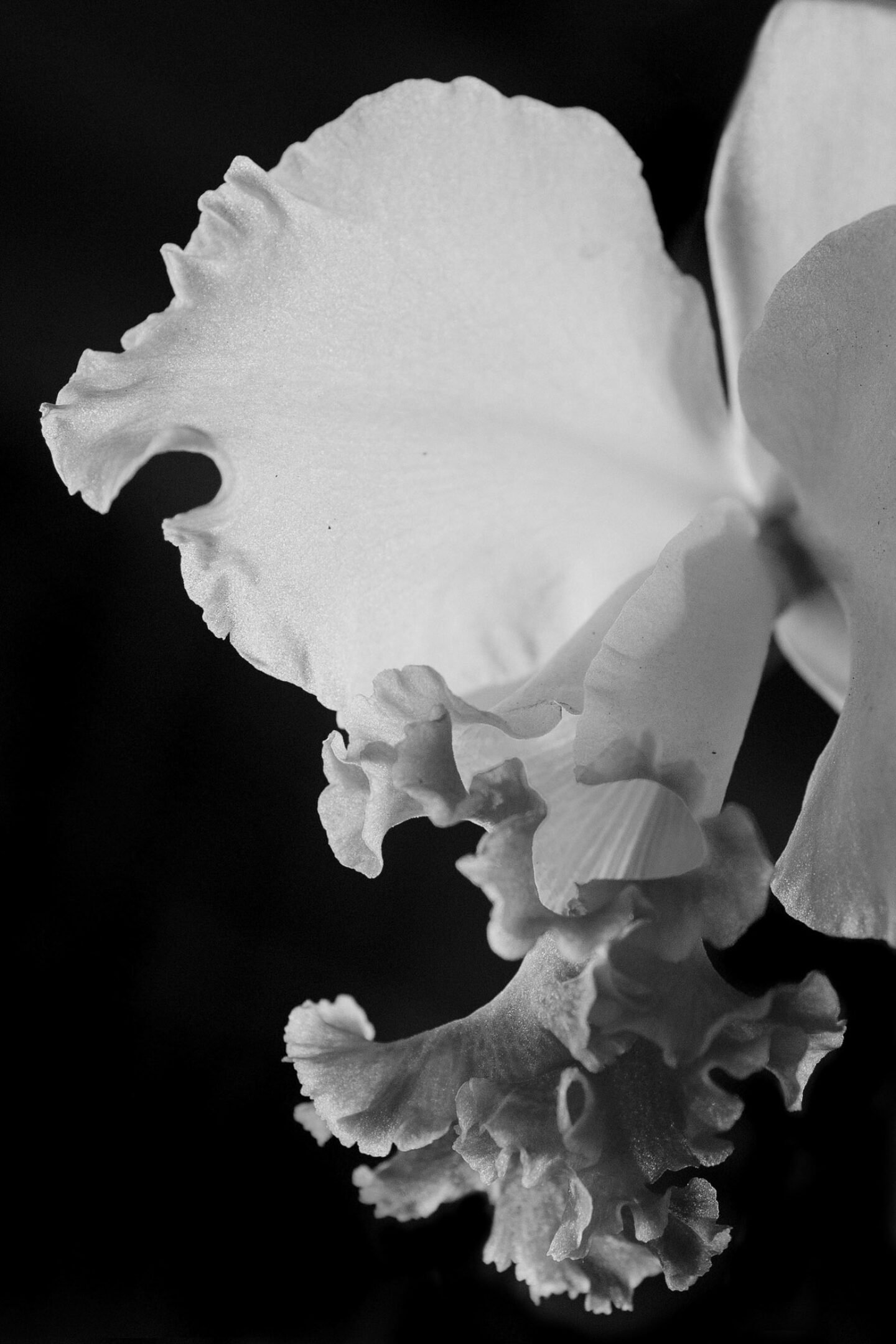
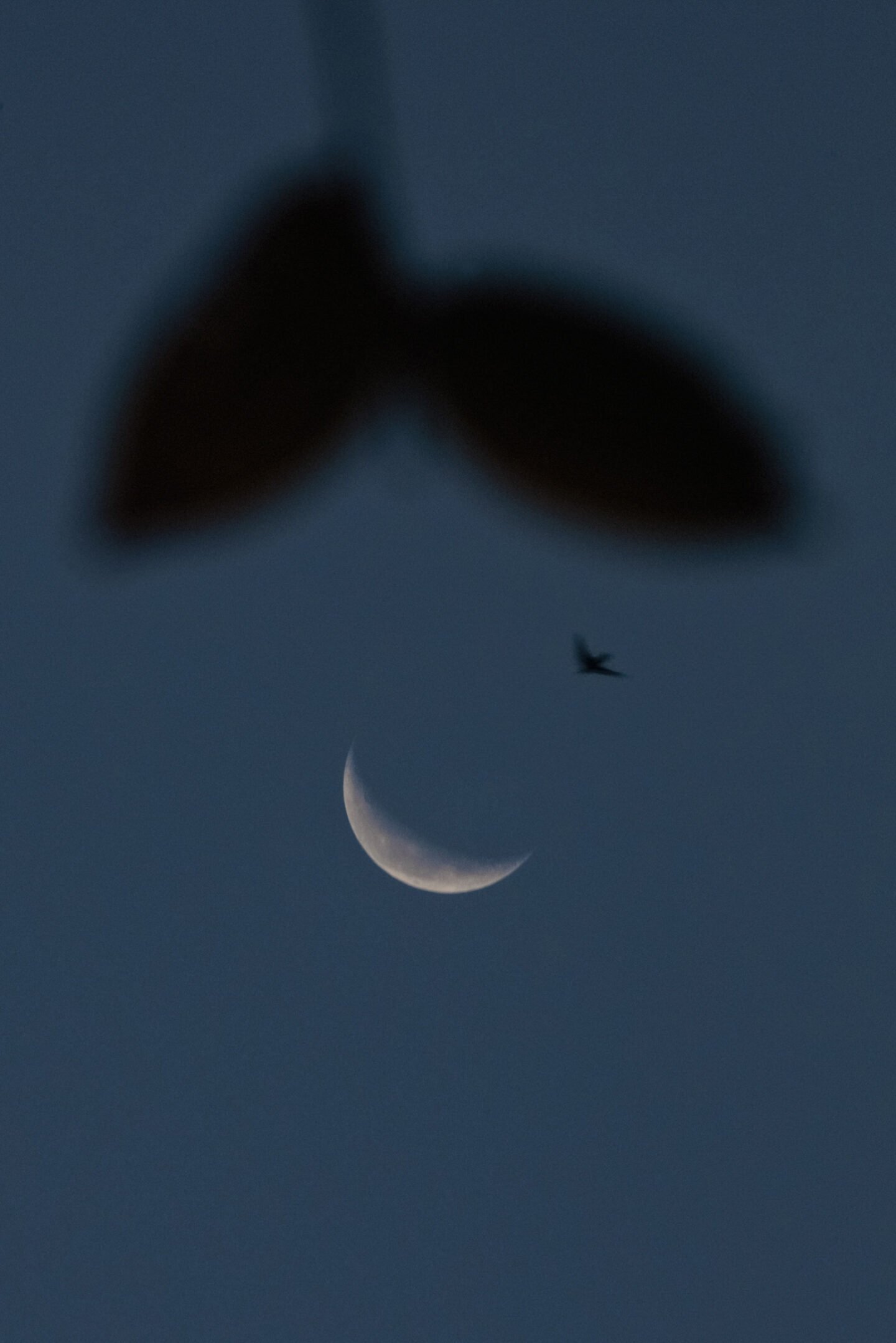
On framing Bali
“I was recently asked why I often shoot close-ups. I’d love to shoot wide, but so much of the world is filled with ugly plastic and logos and electrical wires and concrete. It’s a struggle that comes up a lot here in Bali – a frustration that a lot of people are having with the pollution that’s driven by Western, or at least modern-world development, that fills our world with concrete and signage and the stuff that we don’t need in nature. We get frustrated with all the traffic and all the mess but then the locals go, “Hang on a second, you’re bringing us money and resources that we wouldn’t otherwise have. Would you prefer that we’re economically disadvantaged and struggling so that we can give you a nice view of a past world?”
I think it’s much deeper than that in the sense that if we search for what a lot of tourists have come here for, at least people like me, because I’ve met a lot of them over the years and I consider myself a long-term tourist. I would love to be local, but I’m not and I remind myself of that. What we bring is a love and appreciation of nature and culture here. And that’s what we want to see continue – to find another way to invest so that locals can understand that what they have is so special and shouldn’t be destroyed for the sake of a quick buck, but that the quick buck can come in another more positive, meaningful way and still keep the nature beautiful and the culture intact.”
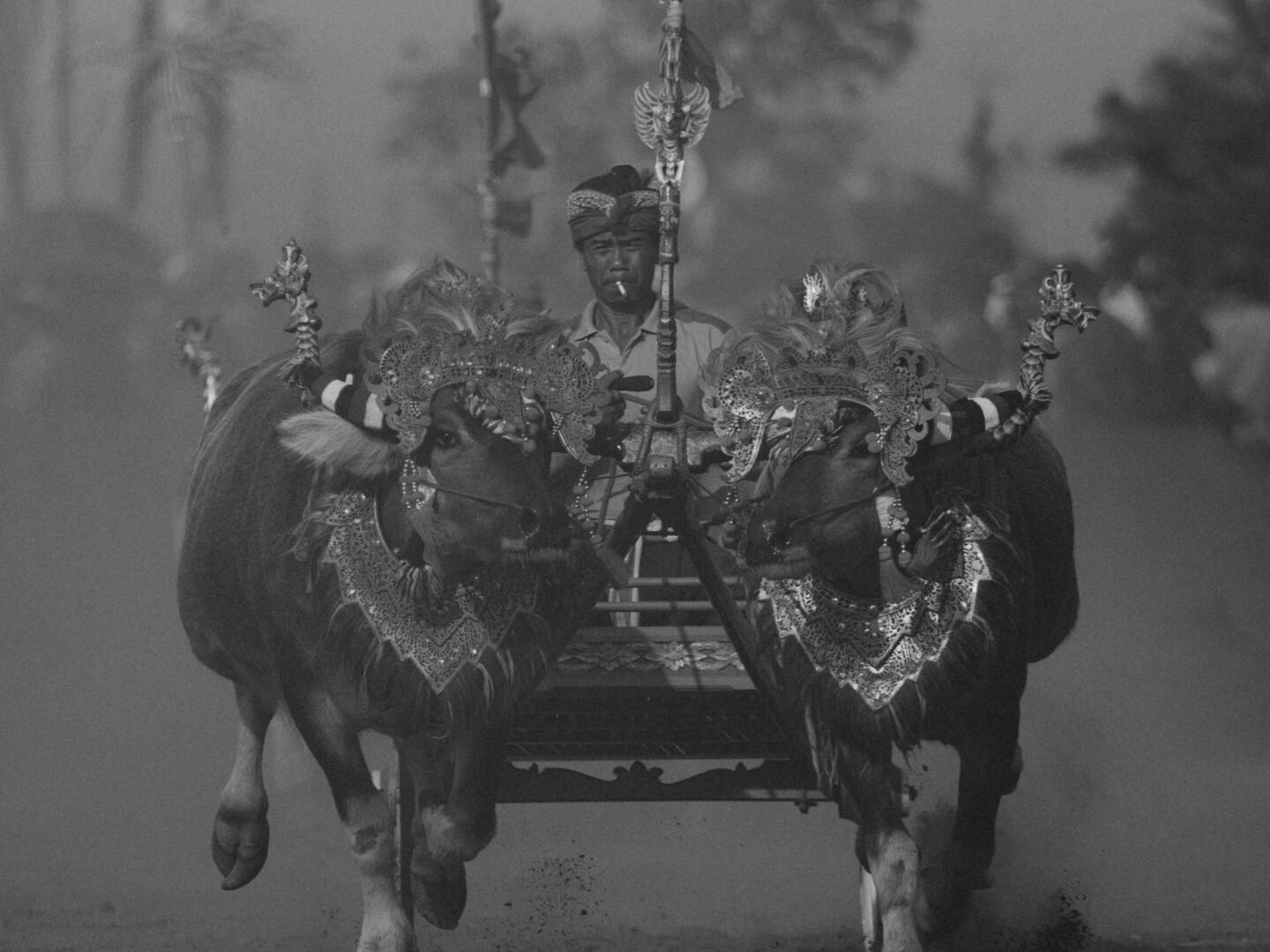
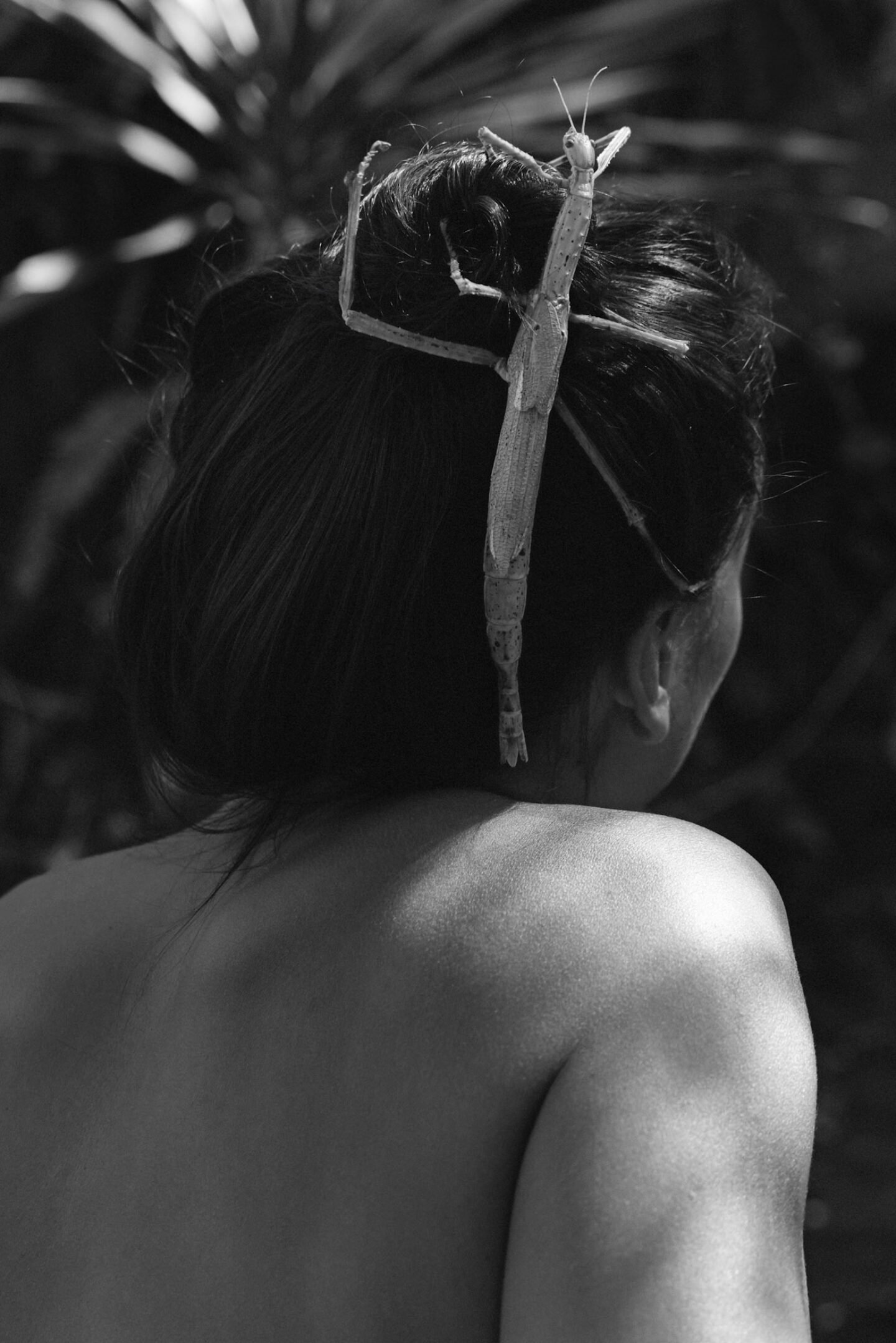
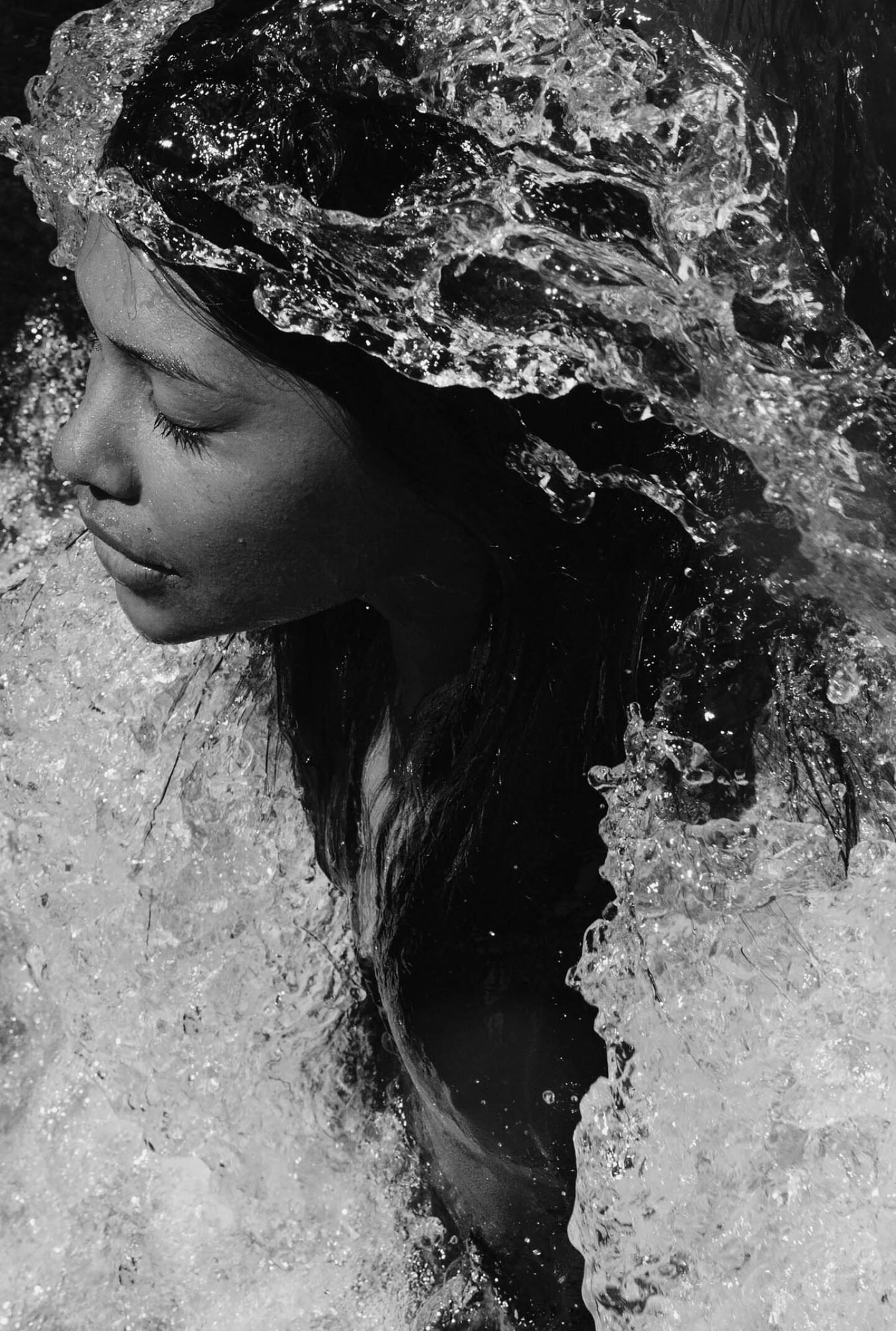
On storytelling
“Storytelling is one of the things that could potentially save us as a human race. If you look at our entire human journey, storytelling has been vital in helping the next generation and in getting concepts through that might be challenging other than through a story. If you create relatable stories, people will pick up on them. That’s usually the goal. I’ve watched this my whole life through various forms of education – It’s sort of scared into you in the United Kingdom and Western education systems. In Aboriginal storytelling, it’s done through song and through community activity. The camera, for me, is a storytelling device. I love the aesthetic side when creating stuff but then I get stuck at a point where I say, why am I creating this? What’s the purpose? What’s the grander scheme? Is it just to be stuck on a wall so that someone who can afford that thing can go, “Oh yeah. Great”? Or do I try to tell a more important story?
Watching my dad’s journey, he was sent on missions to go and photograph various things either conflict or celebrity or whoever to tell the stories that newspapers were trying to use to sell papers, but his personal stuff he kept separate. When I was a kid, he gave me a very simple piece of advice: “Find your hobby and get someone to pay you to do it”. Years later, I heard another version – “Find two hobbies. One someone pays you for, and a second you keep free of money and you just do it for the love. They can be similar, but they’ve got to be distinct and then you’ve got two things, so that when you’re struggling with one, especially if it’s creative, you can always fall back on the other.”
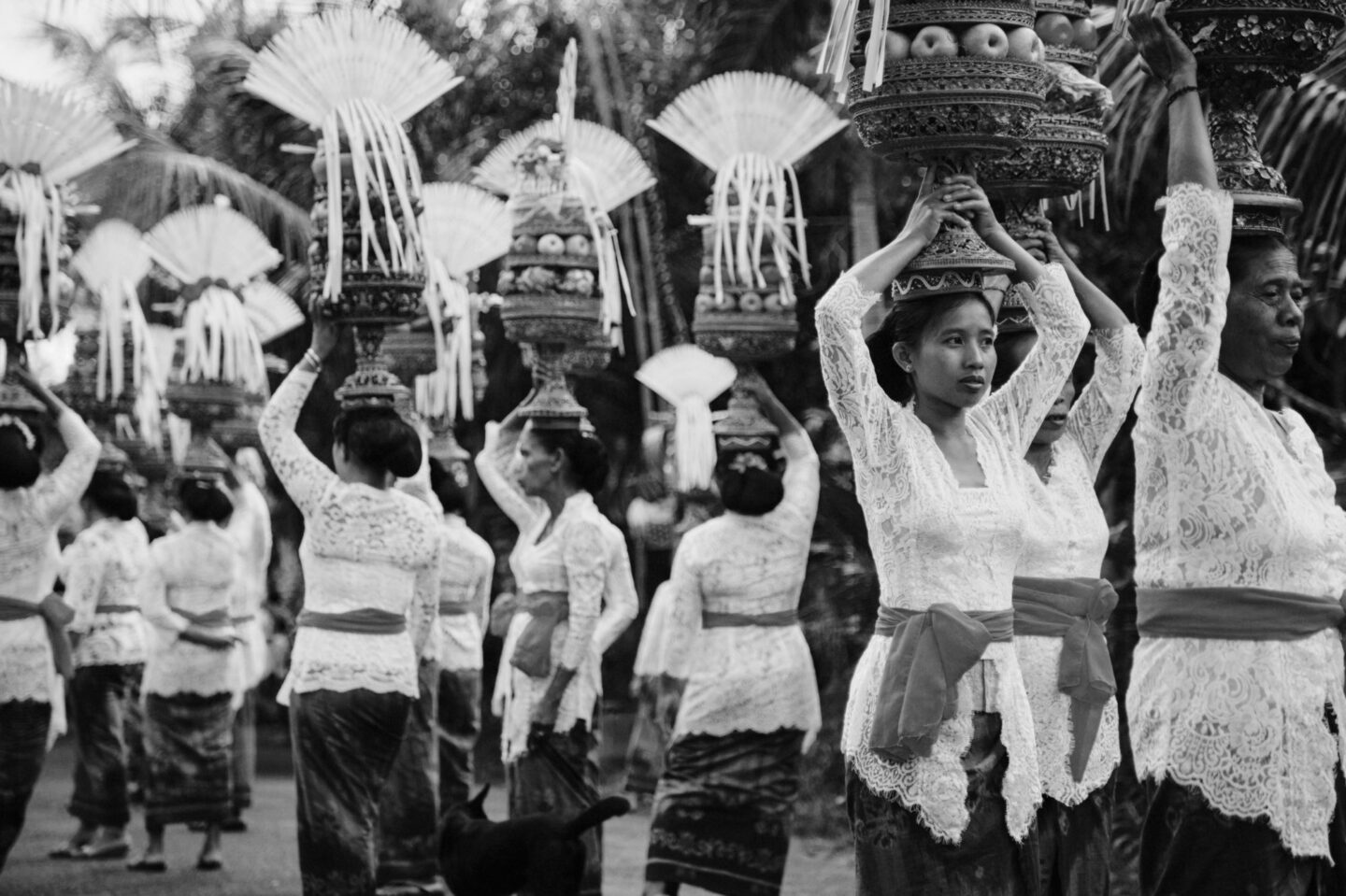
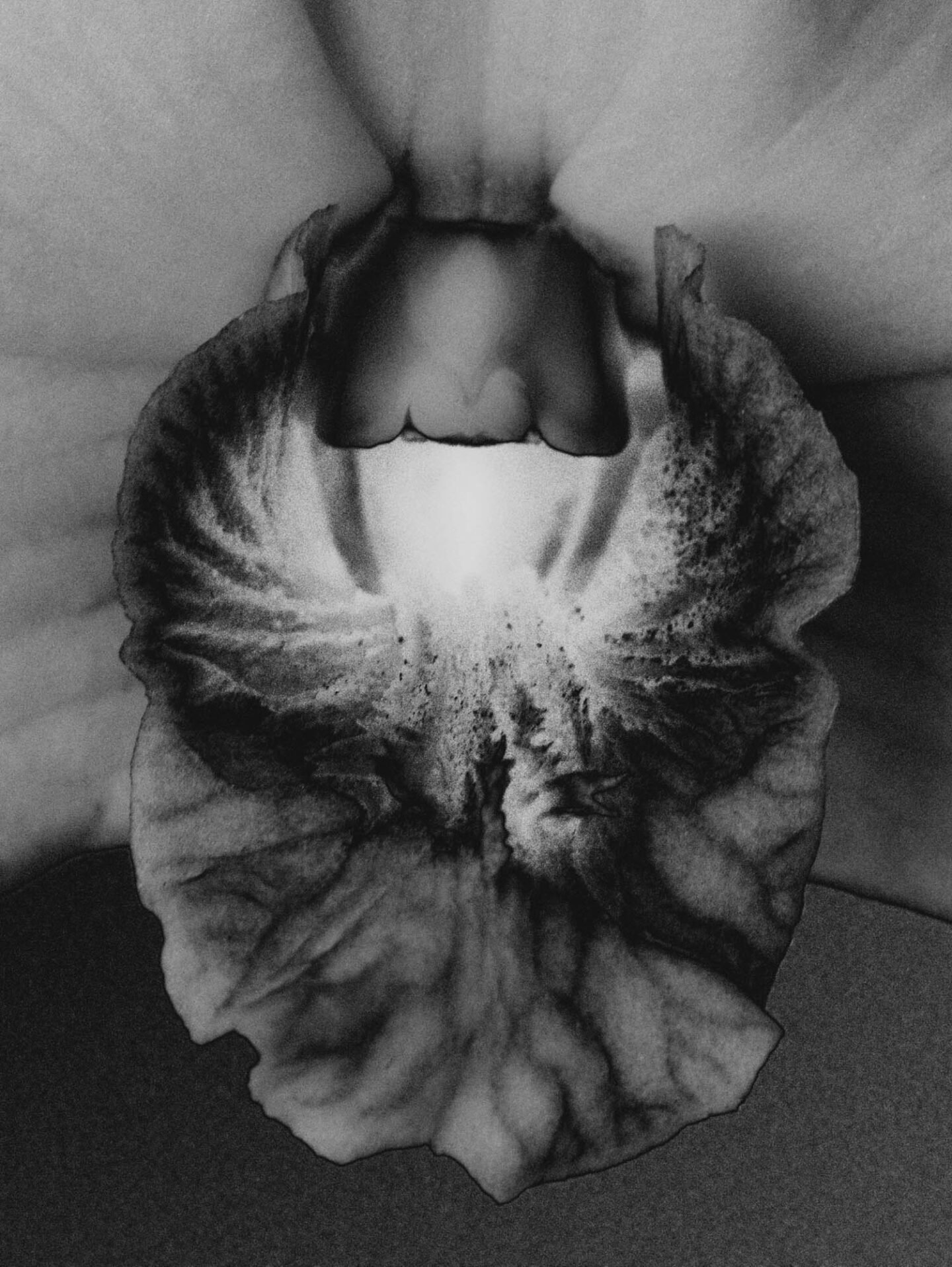
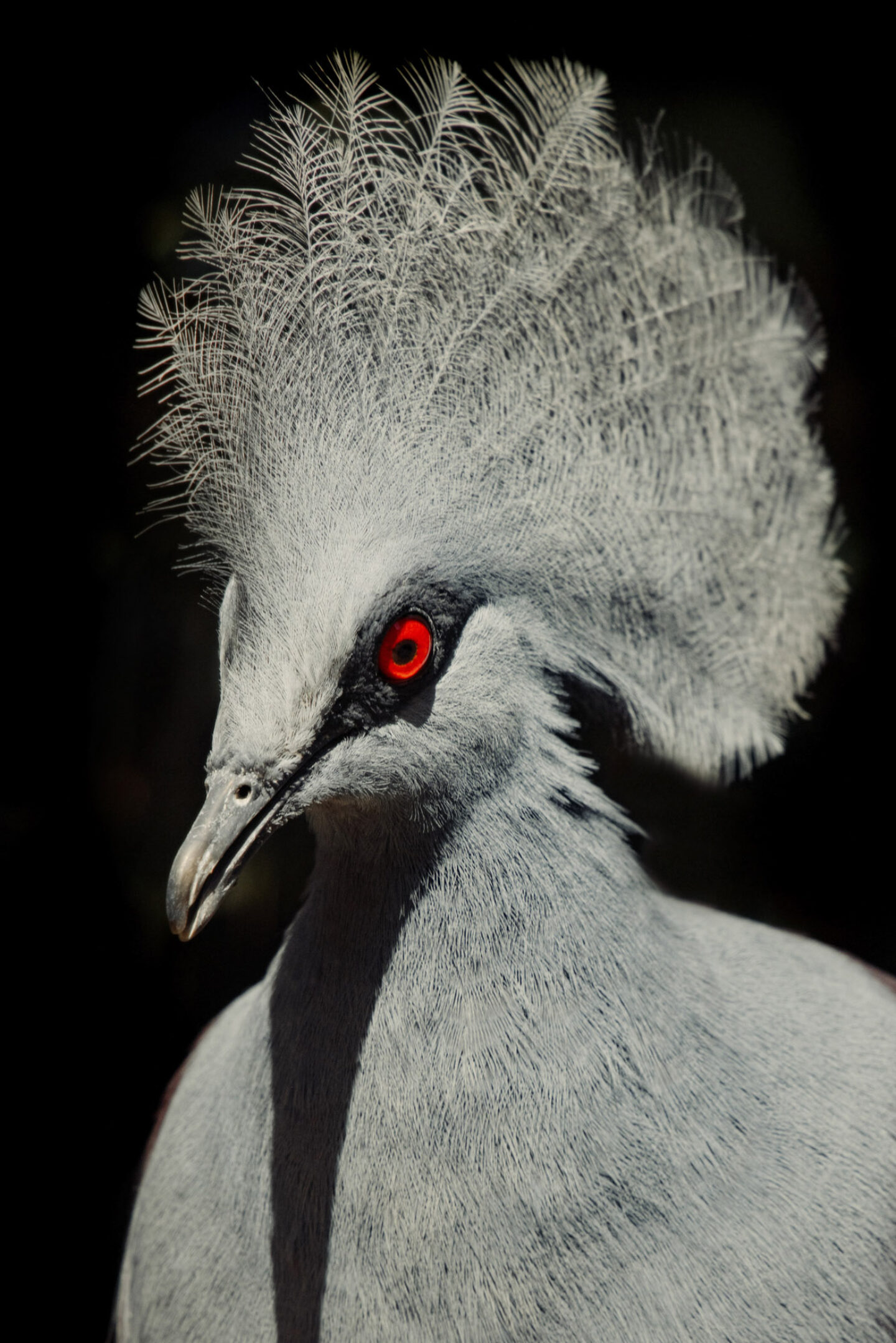
On image manipulation
“Framing is manipulation. Photoshop and Lightroom are obviously a manipulation. It freaked everyone in the ’90s and ‘00s. Now we’ve got another challenge, which is admittedly slightly different as a photographer. You’ve got to decide what your goals are in image-making. If you are the creator and if your goal is to create a certain image, use every tool at your disposal to make the image or is your goal to accurately depict what you experienced? So long as you’re honest about the way you produce that work, I think that’s acceptable.
Unless you’re shooting what you love, there will always be someone better or who loves it more and you will never be close to your thing. If your love is analog film and you love the darkroom process, do that. There’s nothing stopping you from doing that and equally, if that is the message you want to get out there that you shot it all mechanically and there’s no battery in your camera, therefore you’re somehow more of a purist, that’s the story, go with that story. It doesn’t matter what it is, so long as you’re telling the story you want to tell.”
Images © Zissou | Text: Anna Dorothea Ker
